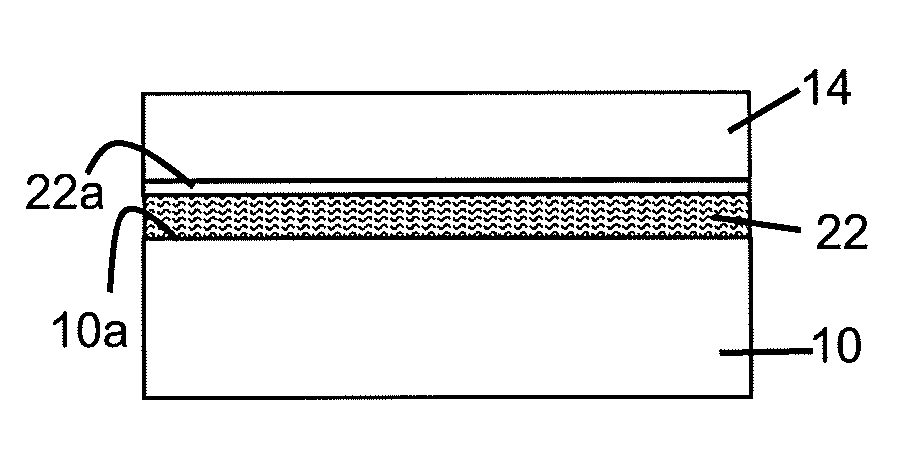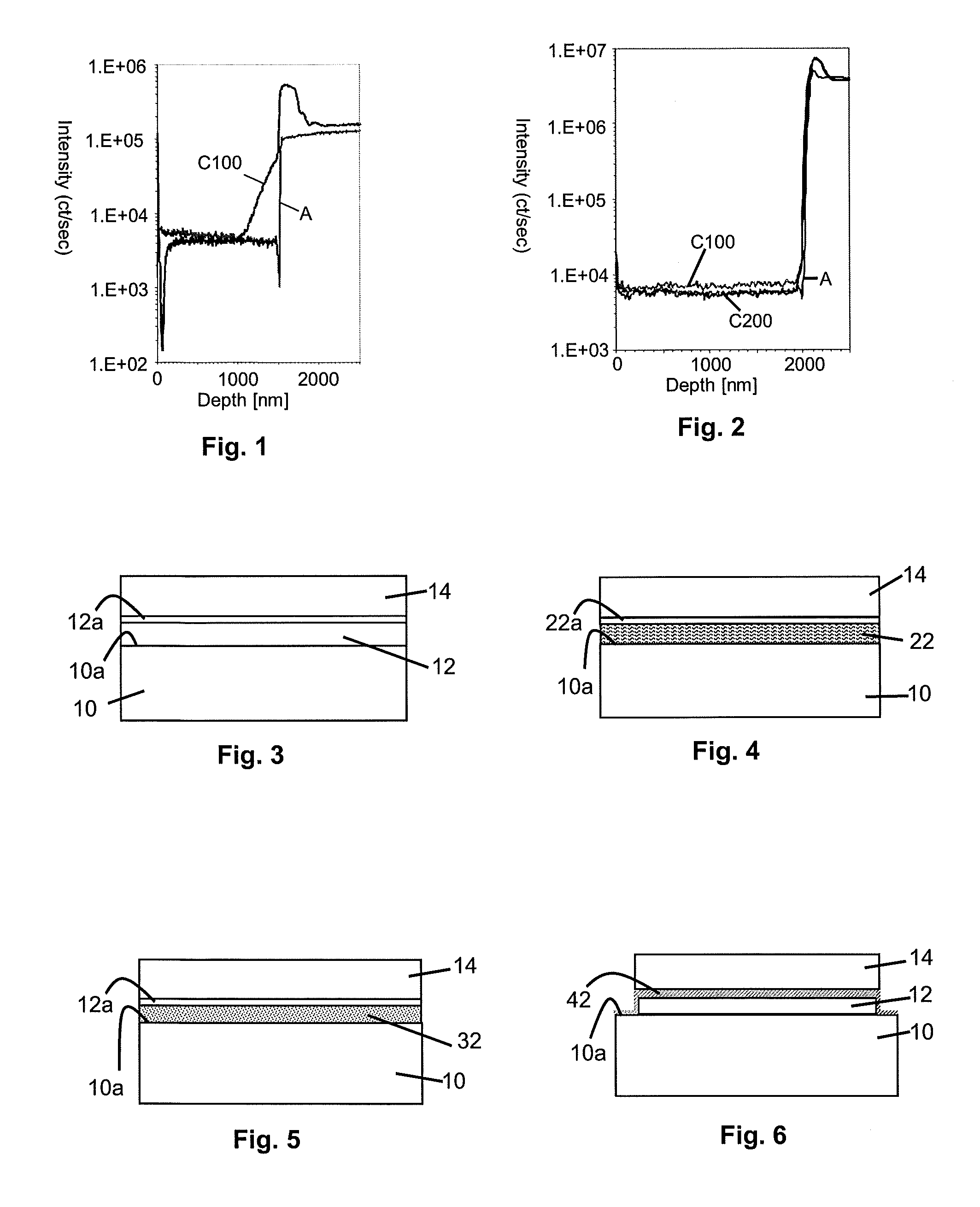Glass-forming tools and methods
- Summary
- Abstract
- Description
- Claims
- Application Information
AI Technical Summary
Benefits of technology
Problems solved by technology
Method used
Image
Examples
Embodiment Construction
[0022]While the presently disclosed glass-forming tools and methods are broadly applicable to the field of glass manufacture, particularly advantageous embodiments include glass-forming molds for the production, by direct molding, of glass sheet products having optically finished surfaces, especially including products made from high-softening-point alkali aluminosilicate glasses comprising 5% or more of alkali metal oxides. Accordingly, the following descriptions include specific references to such molds and methods even though the scope of the present disclosure is not limited thereto.
[0023]The central problem connected with the manufacture of formed glass sheet for information display applications is that the direct molding of relatively large sections of glass sheet having optically finished surfaces as molded is required. While the use of ceramic glass-forming molds is practical for the production of smaller optical components such as aspheric camera lenses from less refractory...
PUM
| Property | Measurement | Unit |
|---|---|---|
| Temperature | aaaaa | aaaaa |
| Temperature | aaaaa | aaaaa |
| Percent by mass | aaaaa | aaaaa |
Abstract
Description
Claims
Application Information
 Login to View More
Login to View More - R&D
- Intellectual Property
- Life Sciences
- Materials
- Tech Scout
- Unparalleled Data Quality
- Higher Quality Content
- 60% Fewer Hallucinations
Browse by: Latest US Patents, China's latest patents, Technical Efficacy Thesaurus, Application Domain, Technology Topic, Popular Technical Reports.
© 2025 PatSnap. All rights reserved.Legal|Privacy policy|Modern Slavery Act Transparency Statement|Sitemap|About US| Contact US: help@patsnap.com


